In February 1950 the Pioneer Shell Company, Inc. opened an oyster shell processing plant on D Street at the east side of the Petaluma River. Completion of the facility was a dream come true for Ludwig “Hans” Beck, a Danish river scow captain who had been dredging oyster shells from the bottom of San Francisco Bay for years, hauling them up the Petaluma River and delivering them to local feed mills such as Golden Eagle, Vonsen’s, McNear Company and Hunt & Behrens.
Beck, who owned a dredging business operating out of Newark, served as president of the new company, while Oscar Niemeth of Petaluma was vice president, Ed Keegan of San Francisco was secretary and Karl Holzmueller of San Mateo was the treasurer.
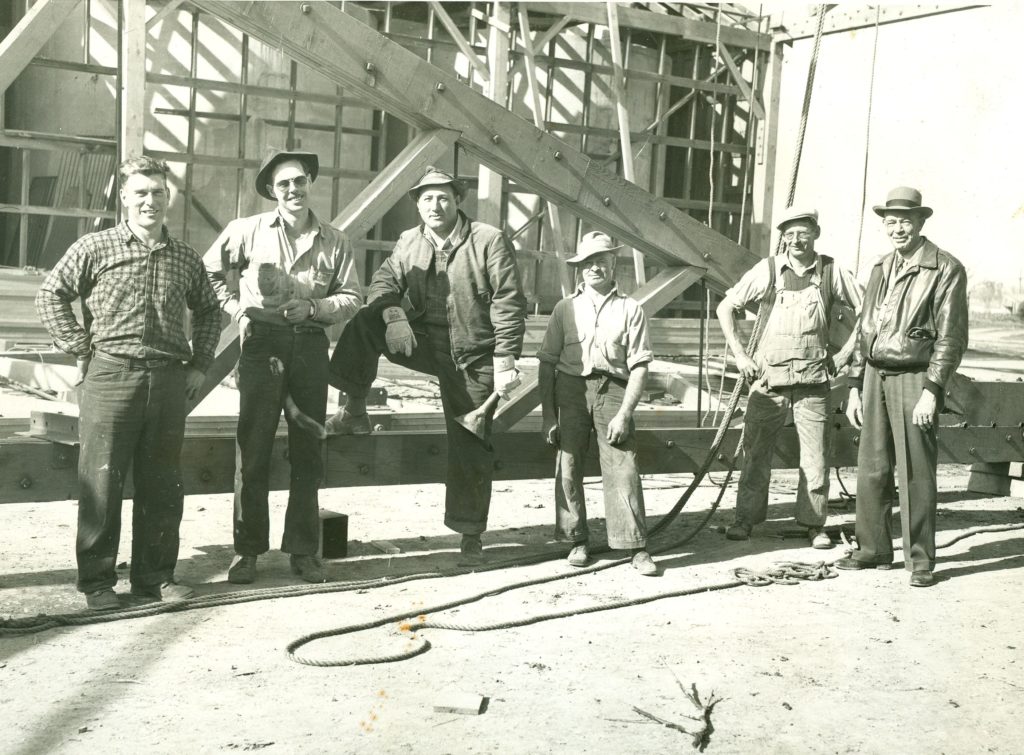
The Pioneer Shell Company’s facility consisted of a 180-foot wharf, a 57-foot drying kiln, several steel tanks and an 8,000-square-foot building constructed of old-growth redwood clad with corrugated metal. The plant could handle from 10 to 12 tons of shell an hour and featured its own floating equipment, dredgers, machinery, carriers, pulverizers and sack sewing devices, turning out crushed shells for poultry feed, fertilizers, landscaping and other purposes.
In 2014 Leila Tweed, daughter of Oscar Niemeth, donated photographs and newspaper clippings to the Petaluma Museum. Taken in 1949-1950, they document the construction of the oyster processing plant.
In 1975 Jerry Morris purchased Pioneer Shell from Lee Beck, son of Hans Beck, and changed the company’s name to Morris Shell and Dredging. Within a few years, Morris partnered with Mitch Lind who’d worked for Pioneer Shell since 1971. In the late 1980s, Morris sold his interest in what was then known as Jerico Dredging to Mitch and his wife, Barbara. The Linds, also Sonoma County Farm Bureau members, changed the company name to Lind Marine and expanded the business. In addition to dredging and oyster mining and processing, they added sand dredging, with the sand being sold to construction interests. There are currently three sand yards: Petaluma, Collinsville (Solano County) and on the 12-acre Lind Marine site on Mare Island. Lind Marine, with a fleet of 25-plus vessels, also does salvage, environmental remediation, shipyard services.
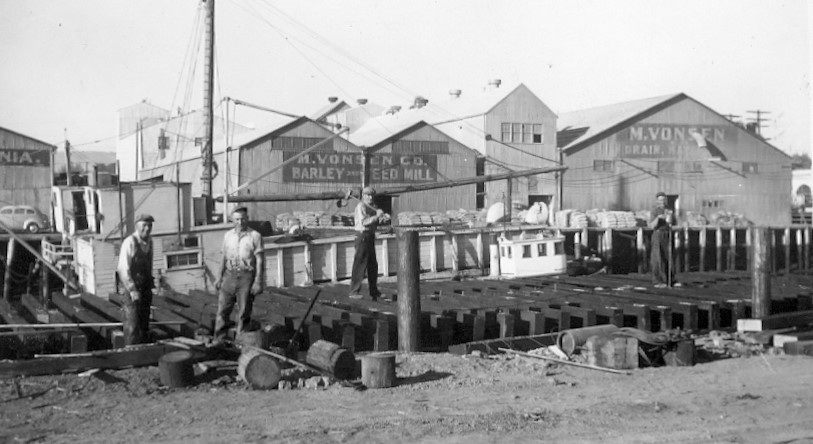
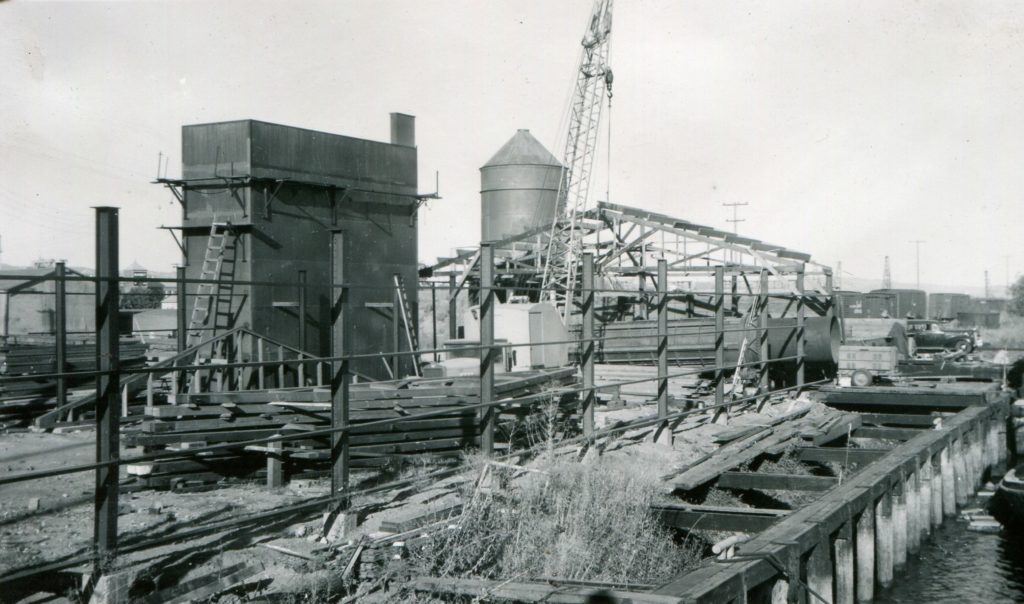
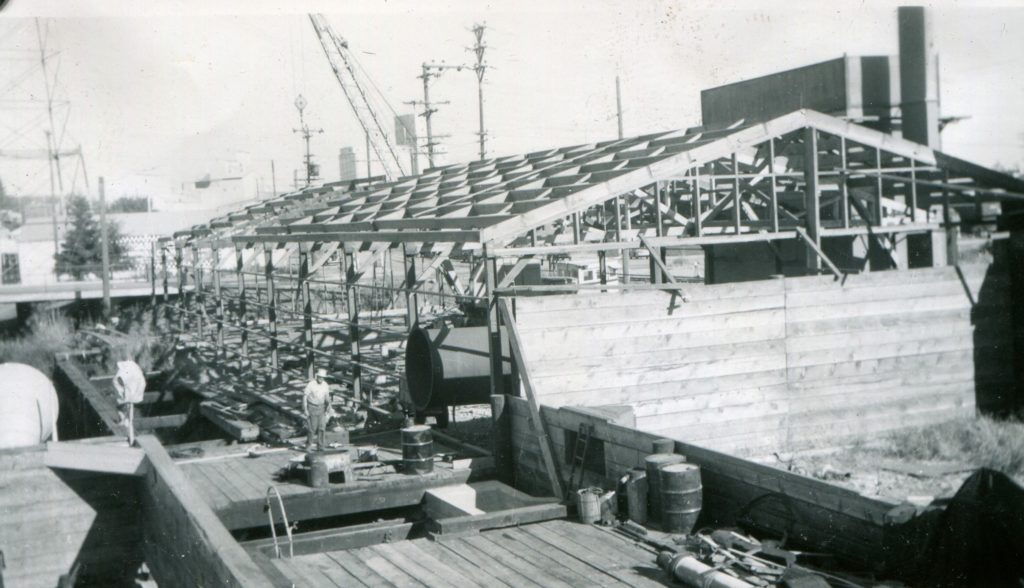
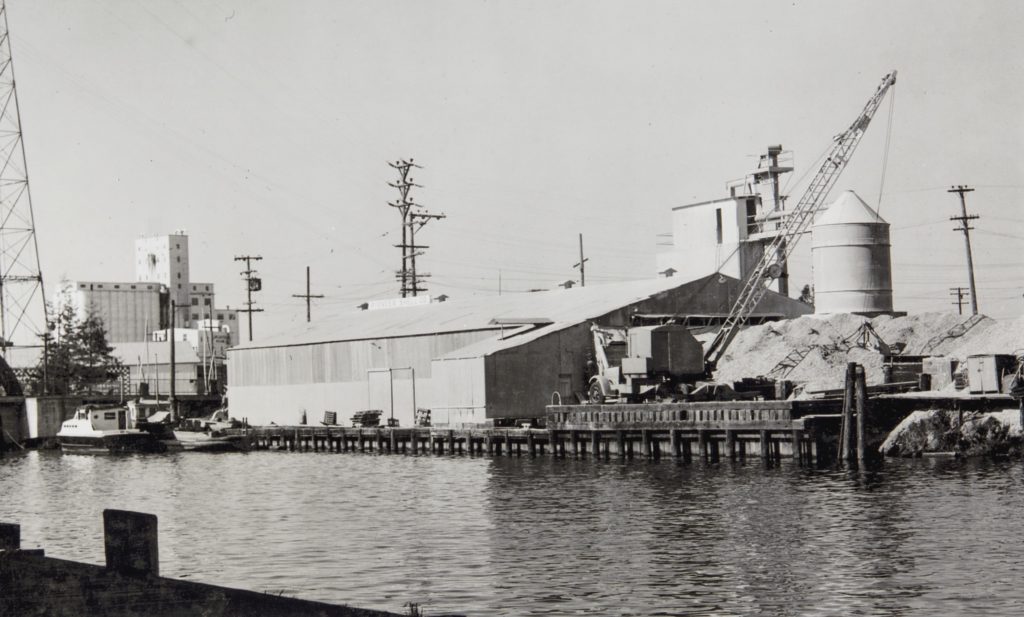
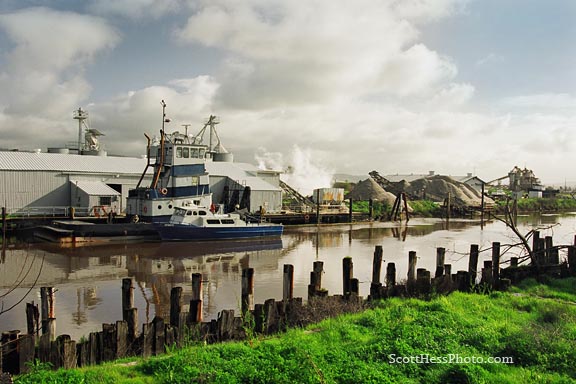
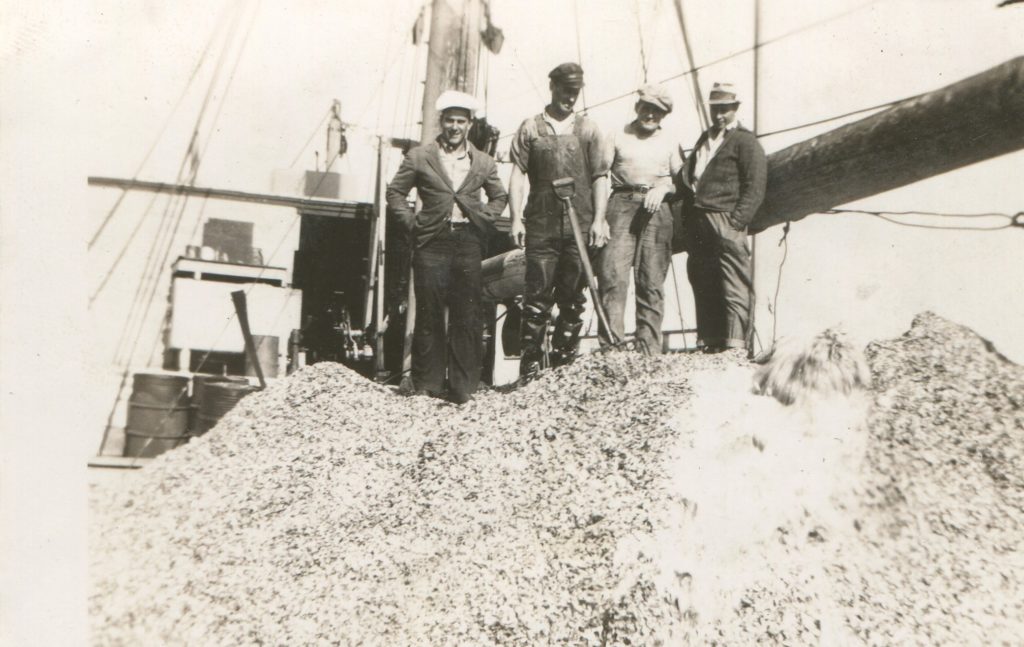

Use of the former Pioneer Shell plant ended in 2017, with all operations moved to a second plant in Collinsville that was established in 1983.
On February 23, 2022, UrbanMix Development and Urban Design Associates will present their proposed plans for the former Pioneer Shell Company site – The Oyster Cover Project – during a Zoom event hosted by Know Before You Grow at 7 PM. To find out more go to https://mailchi.mp/acabfd98b4a4/oyster-cove-2022-0223?e=48ac6d6cdf
A version of this article appeared in the February 2022 Sonoma-Marin Farm News, a publication of the Sonoma County Farm Bureau.

Thank you, Katherine, a fascinating and informative read.
Good article, Katherine! In 1978 I worked on a push-boat out of Morgan City, LA, that pushed barges full of oyster shells dredged in the Gulf Coast up the Atchafalaya River to a plant where the shells were ground up and added to a cement mix. I made $29 a day as a deck-hand.
Thank you for the compliment and for you story!
Thank you for the wonderful story about the history of the Oysters and the River……which I spoke to Mitch Lind, an old friend, about just recently. We were talking about how the name was changed to “River” in 1959 by an act of the U.S. Congress for the purpose of dredging.